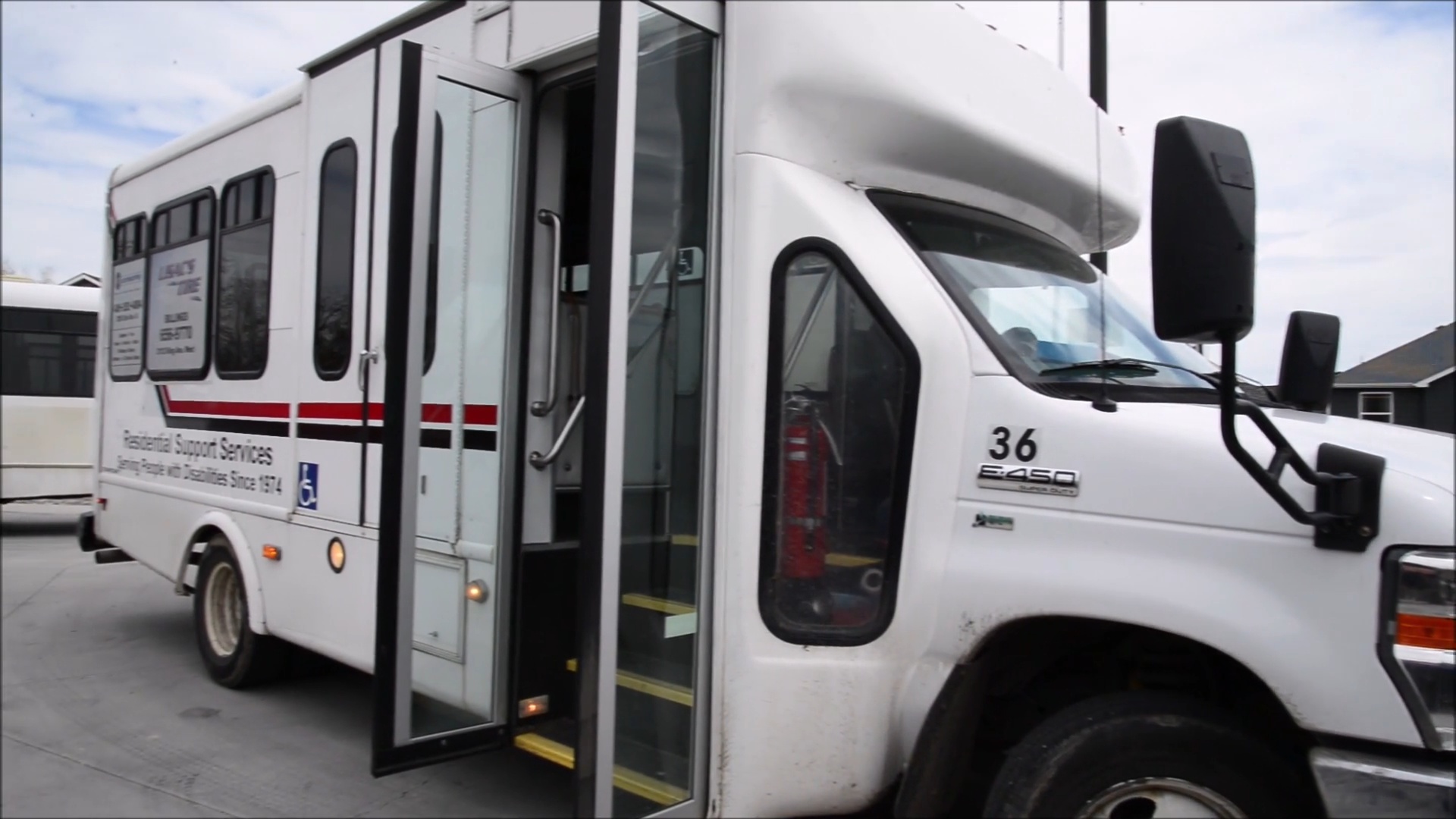From WalletHub:
2020’s Best & Worst Cities for People with Disabilities
https://wallethub.com/edu/
When searching for a new home, people with disabilities often have a longer and more complicated list of considerations compared with other individuals. In addition to common wish-list items, such as reliable public transportation and diverse entertainment options, people with disabilities also must think about things like the accessibility of facilities or even the cleanliness of the air. In 2020, they’ll also need to consider how well the city is handling COVID-19.
According to the Centers for Disease Control and Prevention, one in four U.S. adults, or 61 million total, have a disability that impacts their major activities. And among Americans age 65 and older, that number rises to two in five. Keeping up with the costs of a disability can be very expensive. The average monthly Social Security disability benefit as of August 2020 was only $1,126.02. That makes a yearly income of $13,512.24, only a few hundred dollars above the federal poverty line for a single individual at $12,760.
Although disability benefits can increase based on inflation, many people with disabilities rely on low cost of living and wages for financial relief. In 2019, over 5.8 million people with disabilities were employed. Naturally, there are less employment opportunities for people with disabilities and more barriers to securing a job.
With the physical and economic challenges of managing a disability in mind, WalletHub compared more than 180 most populated cities across 34 key indicators of disability-friendliness. Our data set ranges from physicians per capita to rate of workers with disabilities to park accessibility. Read on for our findings, expert insight from a panel of researchers and a full description of our methodology.









